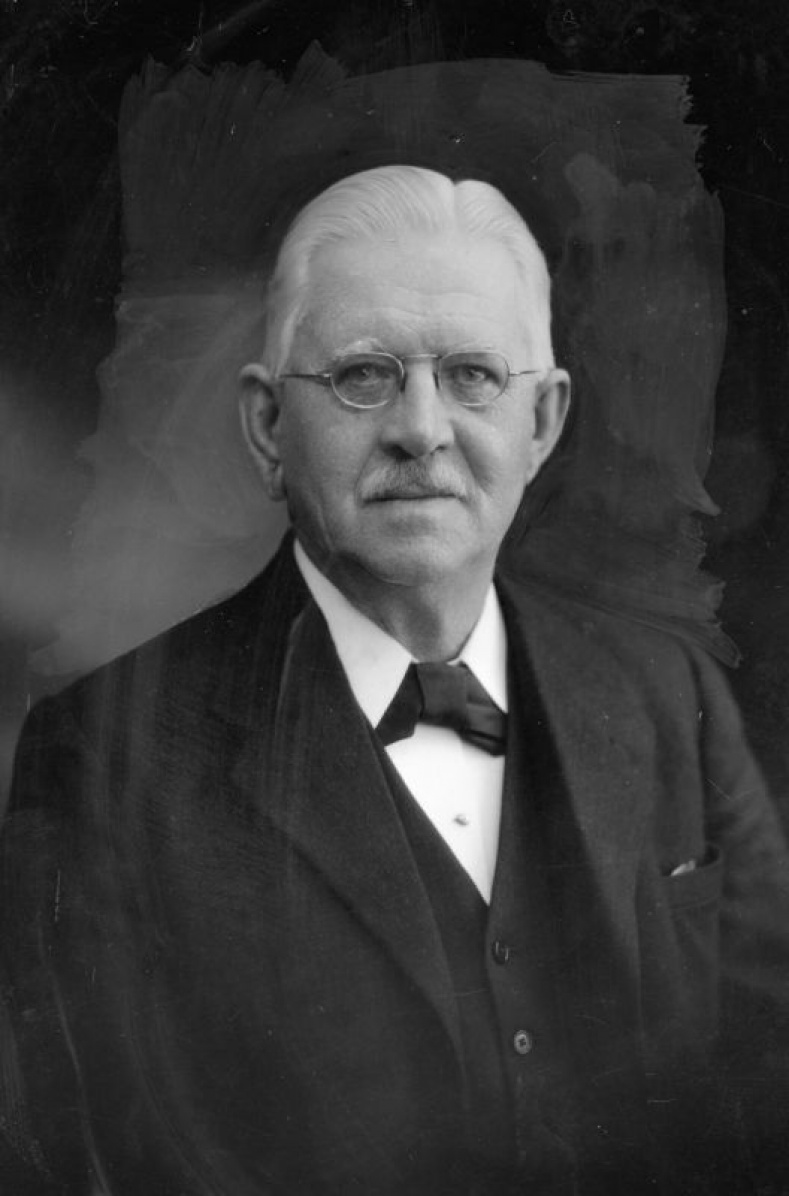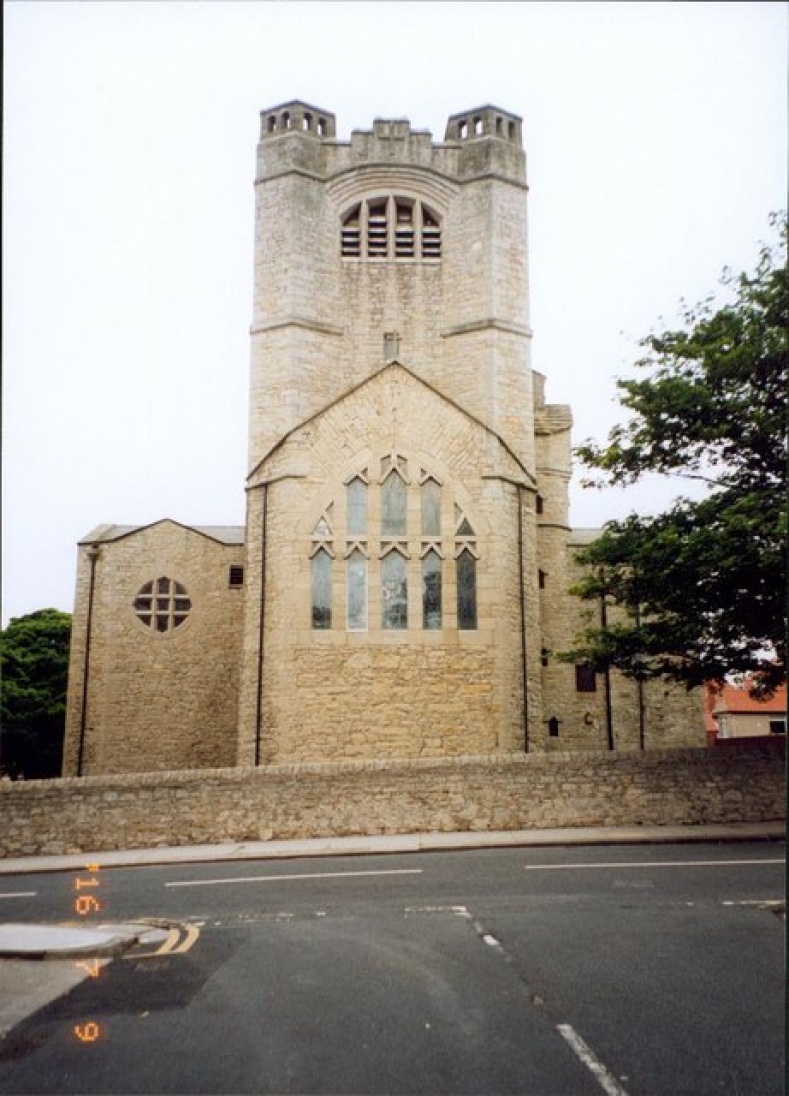

Priestman, Sir John
1855-1941
Shipbuilder
Priestman was born in Bishop Auckland, the son of Robert (1824-1867), a baker and his wife, Jane. He attended Bishop Auckland Grammar School. Sadly Robert passed away when John was just 14, leaving the family without an income. He, therefore, managed to obtain an apprenticeship at John Bulmer's shipyard and worked his way up, before being offered the job of chief draughtsman at W. Pickergill and Sons, where in 1880 he designed their first iron steamer. In 1882, aged 27, he left to establish his own yard at Southwick. By the turn of the century, the new business was outputting 20,362 tonnes of ships and receiving orders from companies throughout Europe. In the late 1880s, the company moved to steel. The Gemini in 1888, the Southwick Yard’s first steel ship inspired a wave of new orders. Priestman was able to capitalise on a reliable reputation and innovative production receiving commissions from the Royal Navy during the first world war.
Despite the recession hitting the yard hard the business was able to survive until 1933 before closing. The yard was subsequently re-opened by Priestman’s former employer W. Pickergill and Son, who produced ships for use in the Second World War. Although Priestman made a great deal of money from his shipping business it was his investments in South African goldmines that are said to have been far more profitable.
Priestman is perhaps best known today, not for his proficiency as a businessman, an area which he clearly excelled, but for his philanthropic deeds. In 1907 he gave £6,000 (£686,170 in today’s money) to build St Andrew’s Church at Roker in memory of his mother, Jane, who passed away in 1903. 20 years later he funded the building of the adjoining Priestman Hall. Then, in 1930 he donated £65,000 towards the building of Monkwearmouth Hospital. In 1936, he gave £50,000 to construct Sunderland and Durham County Eye Infirmary and a further £35,000 to rebuild St Michael’s church which is today known as Sunderland Minster following the recognition of city status in 1998. In 1928 Priestman subscribed to the reconstruction of Halgarth Mission in Bright Street and provided funds to build school rooms at the Thompson Memorial Hall. The church closed in 1980 as it was felt too large for its 150 strong congregation. In 1994 the building became the Chinese True Jesus Church.
Perhaps the gift which he is best known for, although certainly not his largest, was the gift of £20,000 of the £46,679 needed to help build a library at Sunderland Technical College. The iconic 1939 library was then named in his honour and recently received a £6.5 million renovation package.
Over the course of his lifetime, Sir John received many accolades as a result of his kindness. He was first knighted in 1923 ‘for services to many social organisations in County Durham’ and then later, in 1934, elevated to a rank of nobility as Baron Priestman of Monkwearmouth. In 1933, he was granted the Freedom of Sunderland. At the ceremony he announced that he had allocated £100,000 to his charitable trust, which he established in 1931, to pay for the clothing of poor children of the borough. The trust exists to this day and provides grants to restore churches, particularly, church organs, as he was a very keen organist.
Sir John married twice. First to Naomi Huntly, who died in 1908 and then in 1915 to Sarah Marie Powenall with whom he had one daughter, Barbara. Although he lived for much of his working life in Roker, Sunderland, he retired to Slaley Hall, near Hexham in Northumberland. His widow Sarah Marie, continued to live there until her death in 1971. Today the house is a hotel and golf centre. By the time of his death in 1941, he is estimated to have given away almost £500,000.
References
Corder, C. (2016). Sunderland philanthropist helped the sick, the poor and the church, Available here (Accessed: 12/10/2018).
Cordner, C. (2016). The man who donated millions for the good of Sunderland, Sunderland Echo, Available here (Accessed: 12/10/2018)
Graces Guide. (2018). John Priestman and Co, Available here (Accessed: 12/10/2018).
Lomas, R. (2009). An encyclopaedia of North East England, Edinburgh: Birlinn Ltd
Sunderland Antiquarian Society. (2011), February Newsletter, Available here (Accessed: 12/10/2018).
The Yorkshire Post. (1941). Obituary - Sir John Priestman, 7th August, page 4.
Wikipedia. (2018). John Priestman, Available here (Accessed: 12/10/2018).